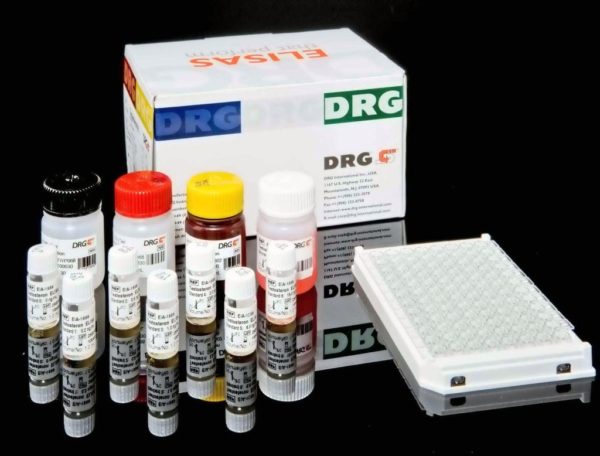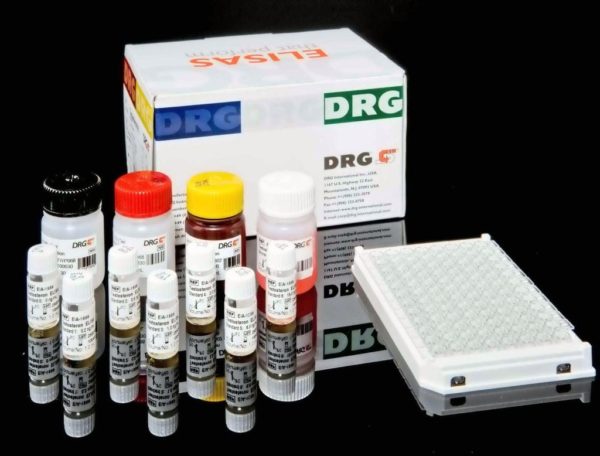Description
The QuickScreen One Step Cocaine Screening Test is a rapid, qualitative immunoassay for the detection of Benzoylecgonine, a hydrolytic degradation product, in urine. The cutoff concentration for this test is 300 ng/ml, as recommended by the Substance Abuse and Mental Health Services Administration (SAMHSA), formerly the U.S. National Institute of Drug Abuse (NIDA). This test provides only a preliminary test result. A more specific alternate testing method must be used in order to obtain a confirmed analytical result. Gas chromatography/mass spectrometry (GC/MS) is the preferred confirmatory method. Other confirmation methods are available. Clinical consideration and professional judgement should be applied to any drug-of-abuse test results, certainly when preliminary positive results are observed.
Cocaine is an alkaloid present in coca leaves (Eryrthroxine coca) whose pharmacological properties include alertness, wakefulness, increased energy and an overall feeling of euphoria6. Cocaine has been used medicinally as a local anesthetic, however its addictive properties have minimized its modern value as an anesthetic5. Elimination of cocaine is predominantly controlled by its biotransformation. Very low concentrations of cocaine may be detected in urine during the initial several hours, but Benzoylecgonine persists in urine at detectable concentrations for 48 hrs. Urine-based screening tests for drugs of abuse range from complex analytical procedures to simple immunoassay tests. The sensitivity and rapidity of immunoassays have made them the most accepted method of preliminary screening for drugs of abuse in urine. This allows the laboratory to eliminate the large number of negative specimens and focus on the smaller number of initially positive specimens.
QuickScreenª One Step Cocaine Screening Test is a competitive immunoassay that is used to screen for the presence of Benzoylecgonine in urine. It is a chromatographic absorbent device in which drug or drug metabolites in a sample compete with drug conjugate immobilized on a porous membrane for a limited number of binding sites. The test device employs a unique combination of monoclonal and polyclonal antibodies to selectively identify Benzoylecgonine in urine with a high degree of confidence. In the assay procedure, urine is added to the test device in the Sample Well with a plastic transfer pipette. Urine is absorbed into the device by capillary action, mixes with the antibody/dye conjugate and flows across the coated membrane. When Benzoylecgonine levels are below 300 ng/ml (the detection sensitivity of the test), antibody/dye conjugate binds to free drug/protein conjugate immobilized in the Testregion (T) of the device. This produces the development of a distinct color band that regardless of its intensity indicates a negative result. When Benoylecgonine levels are at or above 300 ng/ml, the free drug in the sample binds to the antibody/dye conjugate, preventing the antibody/dye conjugate from binding to the drug/protein conjugate immobilized in the Test Region (T) of the device. This prevents the development of a distinct color band, indicating a potentially positive sample. In either case, a colored Control Band is produced in the Control Region (C) by a non-specific antibody-dye/conjugate reaction. This band serves as a built-in quality control device that demonstrates antibody recognition and reactivity as well as confirmation that the test is complete.




